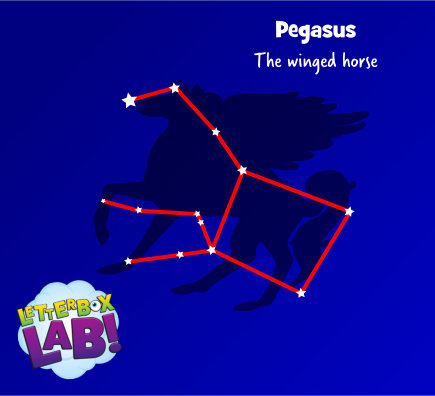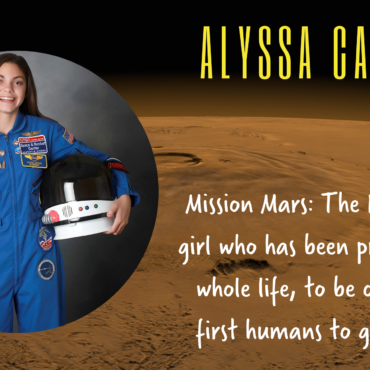Pegasus is one of 6 constellations that take part in one of the original monster stories. The story follows below. It’s quite odd and not just because it has monsters and a flying horse in it. Pegasus can be seen from the UK in autumn and winter and stands out pretty well with his four bright stars that make up a square.
Cassiopeia was a beautiful queen, but she knew it. She would boast loudly and often about beautiful she and her daughter were. She even dared to boast that her daughter was more beautiful than the sea-nymphs. As you can imagine the sea-nymphs weren’t having of that and they had powerful connections. So, they had a word with Poseidon, the King of the Sea, and told him he must punish this vain and arrogant mortal. Poisedon said “sure, no probs” and in what some of you might call an over-reaction he sent a giant sea monster (called Cetus), to attack and destroy Cassiopeia’s city.
Speaking of terrible decisions, Cassiopeia and her husband Cepheus decided to solve to sea-monster problem by chaining their daughter to the rocks as a sacrifice. So the Princess Andromeda was chained up and about to be eaten by a monster when Perseus the hero of our story turns up on a flying horse.
Let’s rewind Perseus’ story a little. Perseus was a half-mortal son of Zeus, kind of like Hercules older half-brother. He’d been sent off to fetch the head of Medusa as a wedding gift for a King. I said this story is weird. Medusa was a fearsome monster with snakes for hair, if you gazed into her eyes you would be turned to stone. Perseus crept up on her using his shield as a mirror so he could see her safely and lopped her head off with his sword. Out from her neck jumped a majestic white horse with wings. Yeah, that is the origin story of Pegasus!
Perseus jumped on the back of Pegasus and began to fly home with his wedding gift in his bag. On his way the two strands of our story come together as he saw a young lady chained to some rocks about to be eaten by a monster. Perseus thought to himself “not on my watch” and flew down to the monster wielding the head of Medusa. He held it up the monsters face and the gaze of Medusa turned to stone and sank into the sea. Andromeda and the city were saved.
Perseus and Andromeda fell in love, got married and lived happily ever after, of course.
The 6 characters from this story that have constellations named after them are
Pegasus
Perseus
Cetus
Cassiopea
Andromeda
Cephus
Pegasus has 4 bright stars that make up a square which makes him one of the easier to find of the 6 so we’ve featured him today. Cassiopea can also be seen quite easily in the north of the sky as a bright W shape.
Constellations are still used today as a map of the sky. The entire sky is split up into 88 constellations. When astronomers find something interesting constellations make a quick and easy way of communicating where it is. Often objects in space are named after which constellation we see them in. For example, the Andromeda Galaxy was named after the princess from our story because that’s the constellation you would find it in.
Would you like to spend time with your children doing something that’s fun and educational for them and hassle-free for you?
Letterbox Lab is a monthly science kit that arrives through your letterbox containing everything you need to perform incredible experiments with your children.
Your children will love it. It’s colour changing, fizzing reactons, slimes, things that glow in the dark, making helicopters and catapults. All with beautifully illustrated comic-style instructions that they will actually enjoy reading.
You’ll love it because it’s so easy. It just arrives at your house with everything you need to do all the experiments. Unlike other science kits there’s no looking in the back of cupboard for cream of tartar or figuring out where you can buy propanol on a Sunday afternoon. You just open the box and get started with ease.




Add Comment